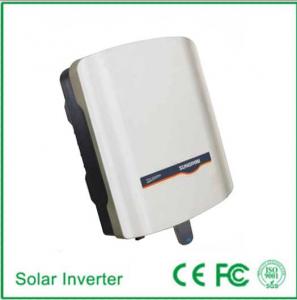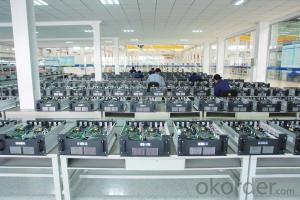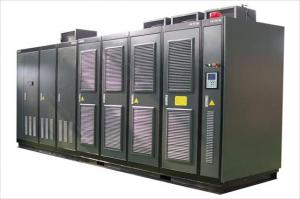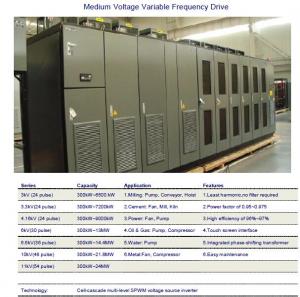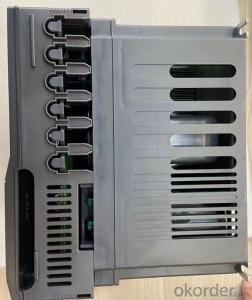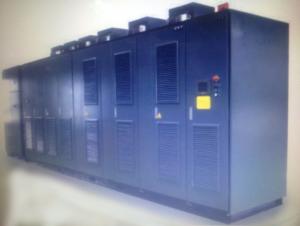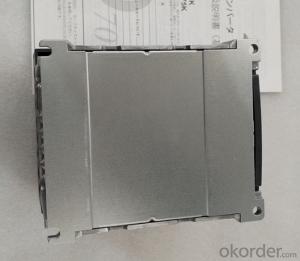Lg Solar Inverter
Lg Solar Inverter Related Searches
Lg Inverter Solar Lg Solar Micro Inverter Lg Solar Inverter Price Lg Micro Inverter Solar Panels Lg Solar Module Solar Solar Inverter Smart Inverter Solar Inverter Solar Galaxy Solar Inverter Solaris Solar Inverter Solar Light Inverter Ge Lv5 Solar Inverter Samsung Solar Inverter Solar Smart Inverter Smart Solar Inverter Sun Solar Inverter Power Inverter Solar Ge Solar Inverter Power Solar Inverter Lvrt Solar Inverter Solar Home Inverter Inverter Charger Solar Inverter Hybrid Solar Solar Converter Inverter Solar Electric Inverter Large Solar Inverter Solar Energy Inverter Hybrid Inverter Solar Inverter Generator Solar Solar Battery InverterLg Solar Inverter Supplier & Manufacturer from China
LG Solar Inverter is a high-quality product that is designed to optimize the performance of solar energy systems. These inverters are engineered to convert the direct current (DC) generated by solar panels into alternating current (AC) that can be used by homes and businesses. They play a crucial role in ensuring the efficient and reliable operation of solar power systems, making them an essential component for those looking to harness renewable energy.The LG Solar Inverter is widely used in various applications, including residential, commercial, and industrial settings. It is particularly beneficial in areas with high solar irradiance, where the potential for generating clean, sustainable energy is maximized. The inverter's advanced technology and user-friendly interface make it a popular choice for those seeking to reduce their carbon footprint and save on energy costs. By integrating seamlessly with solar panels, the LG Solar Inverter helps to maximize energy production and ensure a smooth transition to a greener future.
Okorder.com is a reputable wholesale supplier of LG Solar Inverters, offering a vast inventory to meet the diverse needs of customers worldwide. With a commitment to quality and customer satisfaction, Okorder.com ensures that each inverter is thoroughly tested and certified to meet the highest industry standards. This makes it a reliable source for those looking to invest in solar energy solutions and take advantage of the many benefits that LG Solar Inverters have to offer.
Hot Products
































